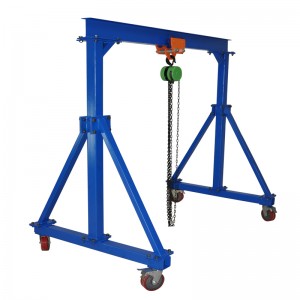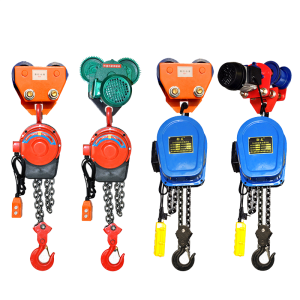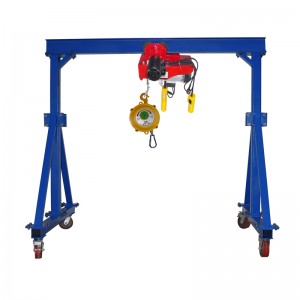With advancements in technology, lifting cranes have become a lot more common. Almost all construction and demolition projects, as well as transport or shipping of heavy materials, require powerful lifting cranes. However, the success of your project depends on choosing the right one. Doing so will also prevent potential accidents and damages, saving your time, money, and improving your reputation as a safe workplace.
Fortunately, many varieties of cranes are available today. You can find several different cranes designed for a specific function. However, choosing the right one from a plethora of options is a daunting task, especially for a novice. Don’t worry! After reading this article, you will be able to make a well-informed choice relatively quickly.

1. Check the Load Weight to Be Lifted.
One of the first things you need to consider is the weight of the load to be lifted or moved using the crane. Naturally, you need a crane with a suitable lifting capacity to move the load. If you use a high-capacity crane for a small load, you will most likely end up wasting time, labor, and money. On the other hand, a low-capacity crane can lead to fatal accidents and cause damage to the load.
2. Know the Lift Height.
The height of the lifting load is as critical as the load capacity of the crane. The length of the crane’s boom will depend on how high the loading material needs to go. If the construction is vertical, you will need a lift with a longer boom length.
you will need to check the weather conditions, particularly the wind. The higher the lift height, the more likely that wind will sway the load, and this may lead to potential accidents. You also will need to adjust the amount of counterweight according to the lift height. Usually, a tower crane is the most likely option for higher lift height requirements.
3. Find the Moving Distance (Horizontal).
Just like the vertical distance, the crane also will need to travel some horizontal distance to pick up the load. If you need the crane to transport the equipment from one spot to the other, you will need to get a mobile crane with wheels. If there is a fixed path of movement, you can use a crane with rails.
The three primary factors, including the counterweight, support structure, and stability of the boom, will play a critical role in traveling this distance safely. Check the rated load weight for the crane. It determines the appropriate distance between the load at the end of the hook and the base of the crane.
Post time: Sep-14-2022






